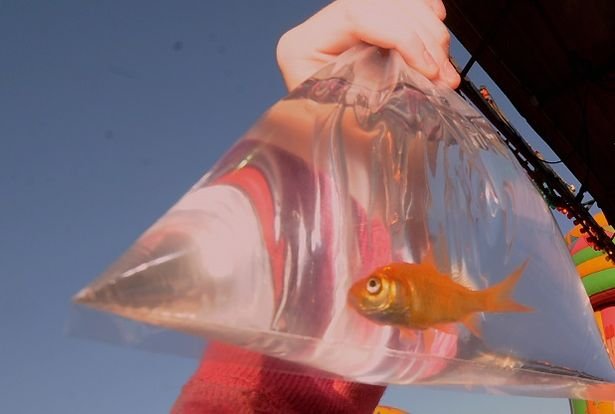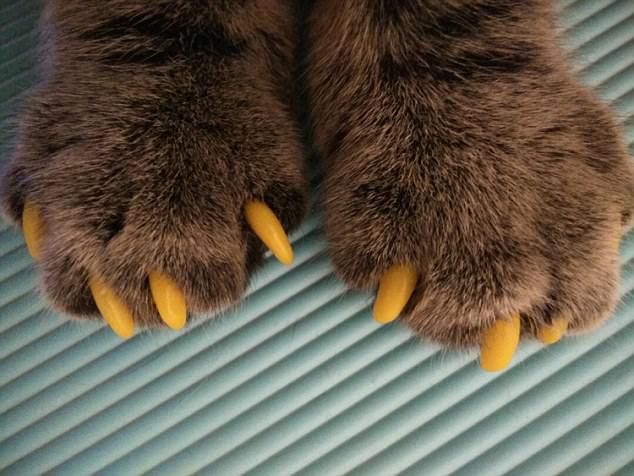-
Goldfish eating, social media and Neknominate

The recent prosecution by the RSPCA of Josh Coles for eating a goldfish that he had just won at a fairground in Stafford caused a stir on social media and revulsion in many people, but there are those that see it as just a bit of harmless fun. Josh Coles pleaded guilty and received a…
-
The social media fad for colourful cat and dog claws.

Animals or Toys? A couple of years ago there was some controversy when a UK animal charity spoke out about the use of dog and cat claw covers as a fashion statement by many pet owners. It was apparently an increasing fad which many felt unnecessary and detrimental to the animal, while others could see…